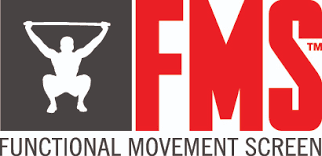July’s topic of the month is Leg Pain. So let’s, for a moment, investigate what I believe to be the leading cause of musculoskeletal leg pain: a fallen arch. A fallen arch is shown on the left as a flat arch.
With a normal arch, shown in the middle, there is about an inch of distance between the ground and the top of the arch on the inside of your foot when standing. In this position, the bones of your feet are in the correct position like a roman arch. All the bones help support the architecture of the foot correctly. Also, there is a thick band of connective tissue called the plantar fascia that runs along the bottom of the foot. With a normal arch, the plantar fascia isn’t stretched and strained. When all the bones of your foot are supported correctly, they move correctly. And this provides for a solid foundation for the rest of your body.
Let’s take a look at the fallen, or flat, arch. The bones on the inside of the foot almost touch the floor when standing. In this position, the bones have “fallen” down. This causes a cascade or a falling down of all the bones that sit around and on top of it. The other bones, especially of the ankle, fall towards the inside of the foot. We call this hyperpronation or excessive pronation. It will also cause a stretching on the plantar fascia, leading to plantar fasciitis. That is the very painful foot injury your friend, family member, or even yourself have experienced. It causes sharp pain in the bottom of your foot after you’ve been sleeping or resting too long off your feet.
The hyperpronation we just discussed causes a further cascading effect on the knees. Our knees tend to bow inward when we have flat feet. That means we put extra pressure on the inside of the knees, and over time, can lead to early degenerative joint disease in the knee.
If you are one of our patients, you know the next part of the story. The whole body is part of the kinematic chain. So anything that tilts or effects a lower part of your body will cause an adaption higher up. The ankle problem causes the knee pain. So in turn the knee pain will start to reak havoc on your low back. This will continue, up and up, until the problem reaches your neck.
So what can you do about a fallen arch? Well, the most obvious answer should be to come see us! Remember, when the bones have moved out of their proper position in the arch, they aren’t moving very well at all. They are most likely are stuck in that fallen position. No one helps joints move better than your local chiropractic physician.
We can also find out if your insurance covers orthotics. These are not your store bought orthotics, these are customized and personalized for each foot. No two (even side to side on the same person) are the same. Orthotics stabilize the arch and push up against the falling bones, keeping them in position.
I even know some taping techniques using Kinesio Tape that can hold the arch in position.
And of course, because we know how the kinematic chain works, we can take a look at your knees, low back, or anywhere else that is giving you some trouble to see how far the problem has spread. Don’t go another week with the crippling pain of plantar fasciitis, give us a call today!
Dr. Andy, your Burlington, NC chiropractor, specializes in providing evidence-based, conservative care for our Alamance County desk workers, teachers, and Crossfit athletes. Schedule an appointment with him today via our website or call us at 336-270-3050.


